Scanning Around With Gene: The Pioneering Look Magazine
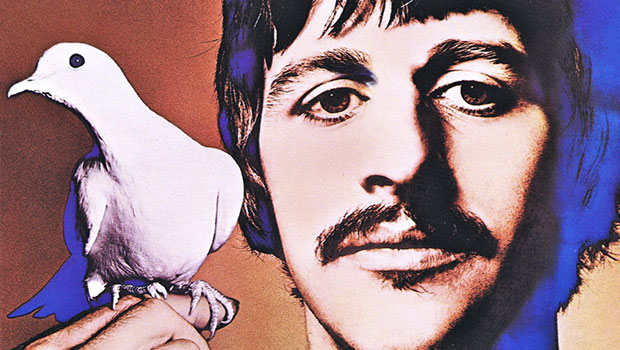
Even if you didn’t read Life magazine when it was in print, you’ve probably seen old issues and are aware of the impact this great weekly had on American magazine publishing. But right behind Life was Look, an equally excellent publication that in some ways had even more influence than Life.
At its peak in 1967, more than 9.2 million copies of Look were printed on a ten-color printing press designed specifically for the magazine. The best-selling issue entailed printing more than 1 billion individual pages.
Look showcased photography from the likes of Richard Avedon and a young Stanley Kubrick (before he moved on to film directing). All photos in this column were published in Look between 1937 and 1971, when the magazine folded, a victim of high postage costs and a recession in advertising spending. Click on any image for a larger version.
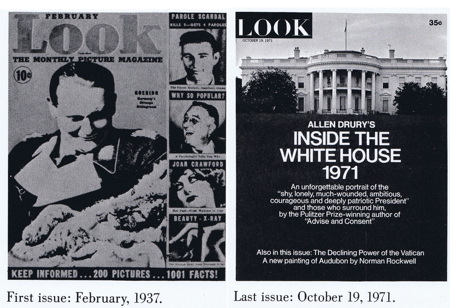

In 1965, engineers from paper manufacturer Kimberley Clark designed an innovative printing process named Look-Kromatic, which used a first-ever blade system to apply coating to printing paper for a smoother surface. That, combined with a ten-color printing process, gave the magazine a unique appearance. It encouraged experimentation in the darkroom and in the photography, such as these portraits of the Beatles done by Richard Avedon.

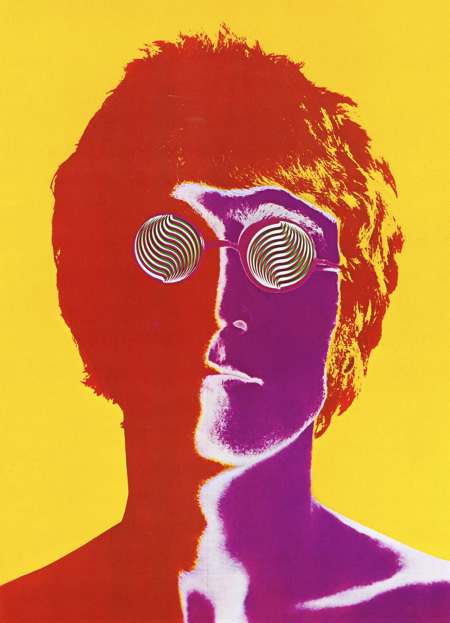

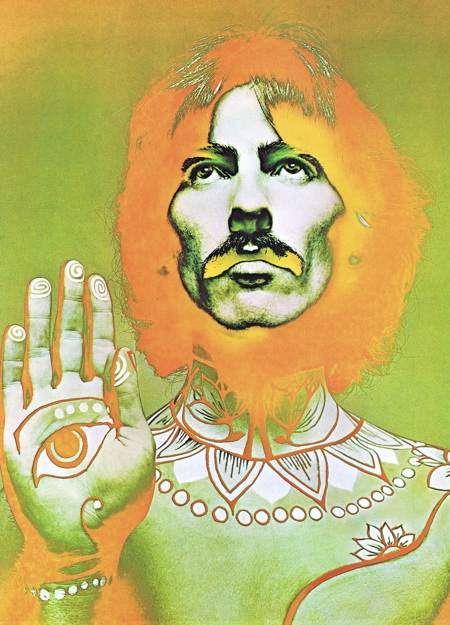
In many ways Look personified the Sixties, both in the bright colors and editorial coverage, which was more liberal and “alternative” than competitors such as Life and Saturday Evening Post. Look published longer essays along with the rich photography. Here are images of op-art fashion, Janis Joplin, Joan Baez, and a “flower child” at a war protest.



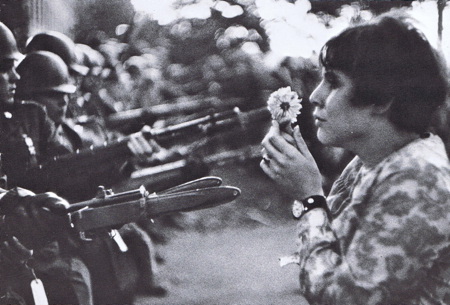
Go to page 2 for photos of famous comedians, disgraced royalty, surrealist painters, and more.
This article was last modified on May 17, 2023
This article was first published on November 5, 2009



